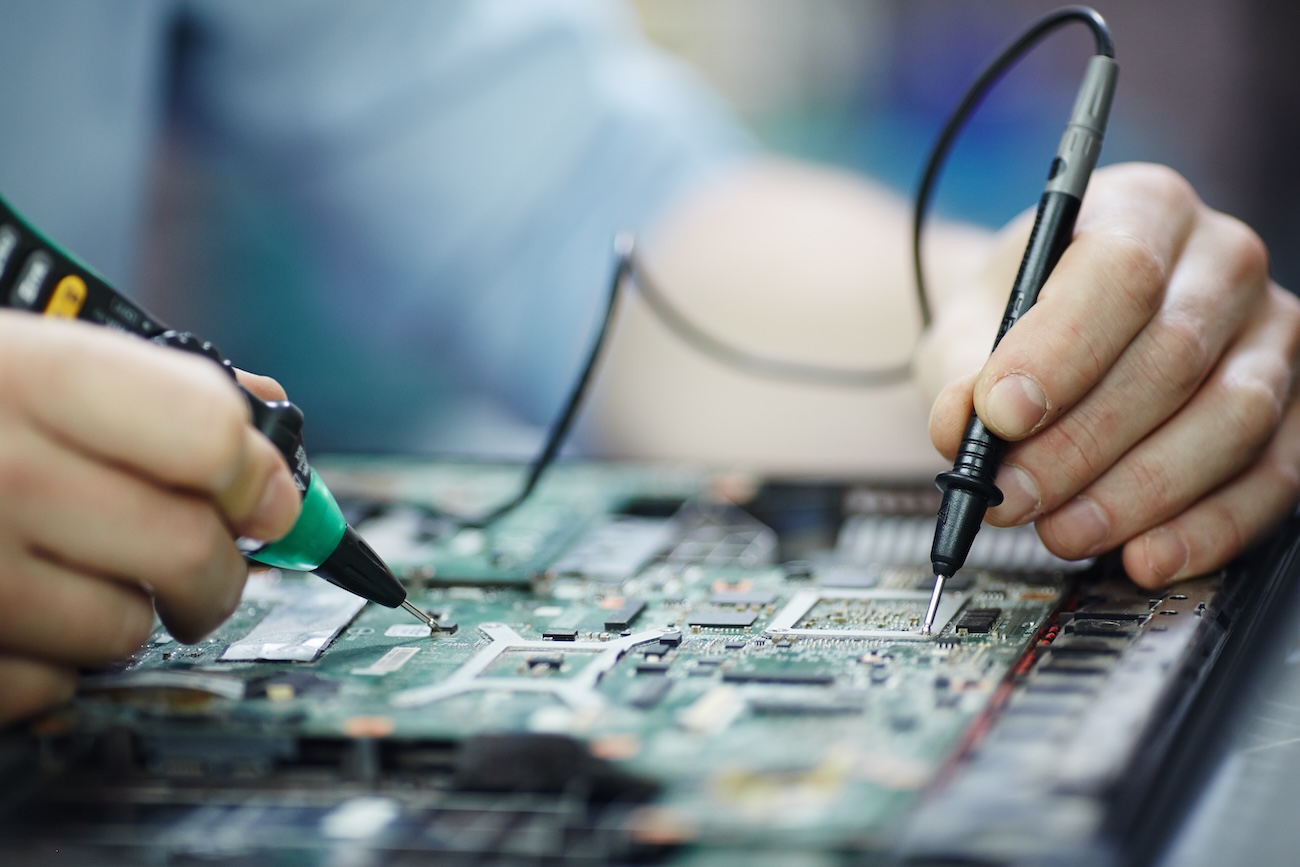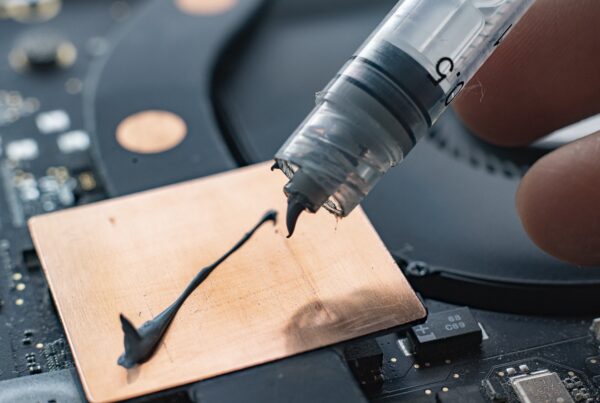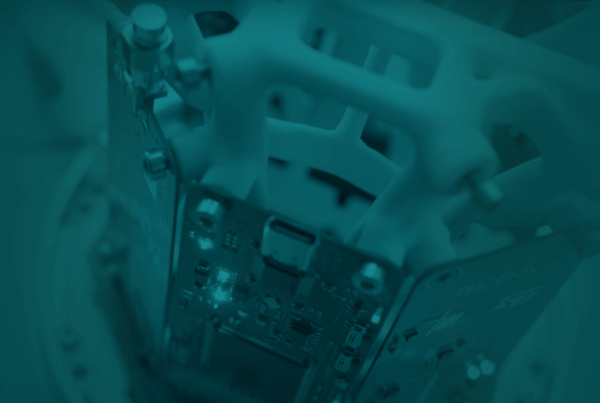Key points of the article
- Heat dissipation is essential to ensure performance, reliability, and safety in modern electronic systems.
- Electrolube offers a wide range of thermally conductive materials: pastes, adhesives, RTVs, and encapsulating resins, for every application need.
- The choice of material depends on thermal conductivity, viscosity, operating range, and electrical insulation, evaluated based on the actual context.
- Silicone and non-silicone pastes address different needs: high temperature, environmental compatibility, reworkability.
- Industrial applications range from solar inverters to LEDs, fuel cells, and embedded devices, where dissipation is crucial for longevity.
The increasing power of electronic devices and the drive towards miniaturization make heat dissipation a crucial aspect in design. Thermal management, or thermal management, is no longer just a matter of efficiency, but a necessary condition to ensure safety, reliability, and operational continuity. This article offers a comprehensive overview of technical solutions Electrolube, analyzing materials, mechanisms, and application benefits for dissipation in complex electronic systems.
Index
- Why heat dissipation is essential in electronic components
- Solutions and materials for thermal dissipation
- Thermal pastes
- Thermally conductive adhesives and RTVs
- Encapsulating resins: integrated protection and thermal management
- Typical properties of heat dissipation products
- Applications for thermal management
- Conclusion
Why Heat Dissipation is Essential in Electronic Components
During operation, every electronic component generates heat as a byproduct. When not efficiently dissipated, this buildup leads to a temperature rise until the point of equilibrium. According to Newton’s law of cooling, the rate of heat loss depends on the temperature difference between the component and the environment: if this difference is not sufficient or the exchange surface is reduced, there is a risk of performance degradation, malfunctions, or irreversible failures.
This is why heat dissipation must be planned during the design phase. High power density devices, such as LEDs, inverters, IGBTs, or microprocessors, require materials and systems that act as an efficient interface between the source and the heat sink.
Solutions and Materials for Thermal Dissipation
The first level of thermal management is often entrusted to passive heat sinks, which increase the available surface for heat transfer to the environment. However, the contact surfaces between the component and the heat sink are never perfectly smooth: the metal roughness creates micro-air spaces, naturally insulating, which compromise the system’s efficiency.
To solve this problem, thermal interface materials (TIMs) are used, such as thermal pastes, adhesives, or pads, which fill the micro-cavities, improve thermal contact, and reduce the thermal interface resistance.
Thermal Pastes: the Heart of Effective Dissipation
Silicone and Non-Silicone Formulations
Electrolube thermally conductive pastes are composed of thermally conductive fillers suspended in a non-curing fluid carrier. This makes them ideal for applications where reworkability is required, or where geometry does not allow the use of rigid materials.
Electrolube offers:
- Silicone pastes: low viscosity, resistance up to 200°C. Useful where high-temperature stability is a priority.
- Non-silicone pastes: necessary in contexts where volatile siloxanes can compromise adhesion, cleanliness, or insulation (e.g., optics, sensitive circuits, coating).
Thermally Conductive Adhesives and RTVs
TBS Epoxy Adhesive
When the heat sink is not only glued but part of the mechanical structure, the TBS thermal adhesive comes into play. It is a high-strength two-component system, enriched with glass microspheres that ensure a constant thickness (200 µm) and stable dissipation.
TCOR and TCER Silicone RTVs
- TCOR (oxime): greater adhesive strength, flexibility, and long-term sealing.
- TCER (ethanol): low viscosity and high conductivity. Ideal for low-pressure applications or where a thin film is required.
Both are designed to combine mechanical adhesion and thermal transfer, with ease of application and curing in ambient humidity.
Encapsulating Resins: Integrated Protection and Thermal Management
In harsh industrial environments, electronics must withstand humidity, dust, vibrations, and corrosive conditions. Encapsulating resins offer a 2-in-1 solution to these issues: protection and thermal dissipation.
For some types of circuits, it can indeed be advantageous to encapsulate the device in a housing with a heat sink using a thermally conductive compound.
Electrolube produces a series of solutions for two-part encapsulation using epoxy, polyurethane, and silicone technologies:
Typical Properties of Heat Dissipation Products
Heat dissipation materials are chosen not only for their laboratory performance but for their ability to maintain efficiency and stability over time, even in extreme operating conditions. The fundamental properties to evaluate are:
Thermal conductivity
It is the measure of a material’s ability to transfer heat, expressed in W/m·K. The bulk conductivity values provide an indication of the expected transfer, but for a realistic evaluation, it is essential to also consider the thermal interface resistance, which takes into account the applied thickness, contact quality, and exerted pressure. A highly conductive paste, if applied in too thick a layer, can be less efficient than one with lower values but applied correctly.
Electrolube uses a heat flow method that separately measures the material resistance and contact resistance to obtain more precise and applicable data.
Operating Temperature Range
Environmental conditions can vary greatly depending on the application: this is why our Electrolube products offer materials with extended thermal ranges, from -60°C up to +230°C. It is important to select products that maintain integrity and thermal performance even during out-of-specification excursions or repeated thermal cycles.
Dielectric Strength
In electronic systems, it is crucial that materials used for dissipation do not compromise electrical insulation. Electrolube products offer excellent dielectric strength values, with peaks up to 42 kV/mm for non-silicone pastes in the HTCX and HTCPX lines, and excellent performance even on resins and RTVs.
Viscosity
Viscosity influences method and quality of application. Thermal pastes must be fluid enough to form a thin layer but stable to avoid pump-out effect over time. Gap fillers (like HTCPX) have very high viscosities to ensure resistance to vibrations and deformations. Resins and RTVs, once applied, cure and assume mechanical stability; in this case, viscosity is important for dispensing, not for final performance.
Applications for Thermal Management
Thermal management solutions find application in a wide range of sectors where temperature management is crucial for the functionality, reliability, and safety of systems. Materials such as thermally conductive pastes, thermal adhesives, RTVs, and encapsulating resins are used in:
- Photovoltaic inverters: known for their sensitivity to temperature and subject to continuous thermal stress.
- Connections between heat pipe and water tank: in solar heating applications.
- Hydrogen fuel cells: where thermal dissipation ensures electrochemical efficiency and durability.
- Wind generators: in environments exposed to temperature fluctuations, vibrations, and humidity.
- LEDs and lighting: to maintain constant luminous flux and extend useful life.
- Miniaturized electronics and embedded systems, where reduced volume amplifies the risk of overheating.
In all these cases, it is necessary to select materials with balanced properties between thermal dissipation, electrical compatibility, environmental resistance, and ease of application.
Conclusion
Heat dissipation is now a technical discipline in its own right. The solutions proposed by Electrolube, distributed in Italy by Mascherpa, cover all thermal management needs.
Choosing the right material means optimizing performance, safety, and durability of your electronic system.
Contact Mascherpa experts to receive qualified technical support in selecting the most suitable solution for your project. Our expertise is at your disposal for any heat dissipation needs in industrial, automotive, LED, power electronics, and green energy sectors.




